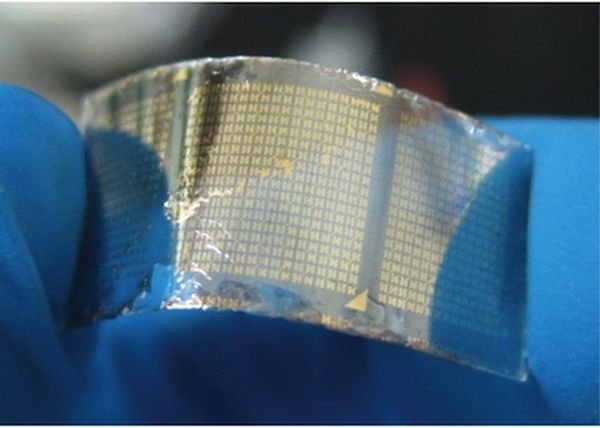A team of scientists from SLAC National Accelerator Laboratory and Stanford have demonstrated that ultra thin sheets of an exotic material after being flexed 1,000 times and folded like a piece of paper can remain highly conductive and yet transparent. This could open these unusual materials, known as topological insulators, to their first ever practical applications. The credit for this remarkable discovery goes to Yulin Chen of Oxford University, England, and Shen, Hailin Peng and Zhongfan Liu of the famed Peking University of China. Peng and Chen were mere students at the time of the discovery and were recently honored as professors in their current institutes.

The materials used to create the topological insulators are called ‘Ultrathin Bismuth Selenide’. The compound is formed out of alternating sheets of one atom-thick bismuth and selenium, arranged in five layer units. It flexes easily due to weak bonds between the units. The topological insulator, a recently discovered state of quantum matter, has interiors that remain insulated while the outer surface conducts electricity. Since the structure of the bismuth selenide is dominated by surface atoms, it displays excellent conductivity. In addition, infrared light, also known as heat, can easily penetrate through the material unlike in other conductors. Most cells have surface electrodes that are not transparent enough or are too fragile to withstand the infrared light of the sun. Bismuth selenide, on the other hand, is both transparent and durable enough to absorb the infrared light of the sun possibly solving the existing problems in the harnessing of solar energy.
The unique and well combined benefits of bismuth selenide make it commercially viable, indicating a successful future in terms of mass production. It is through infrared light pulses that data is carried through optical fibers in phone calls. This compound can therefore possibly be used in communication devices, solar cells, infrared sensors, aerospace systems and other scientific equipment.
Via: Cleantechnica




